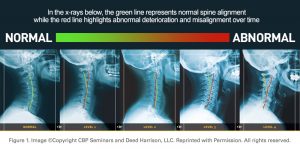Chiropractic for Children with Asthma
Asthma is the most chronic disease of childhood, affecting an estimated 5 million children in the U.S. Approximately 6.7% of children in the U.S. have asthma. It causes a multitude of serious problems including missed school days, frequent suffering, hospitalizations and emergency room visits, other allergic conditions, reliance on medications, difficulty sleeping, fatigue, interrupts physical activity and sports, anxiety, depression, and increased stress for kids and their parents.
Chiropractic care can help reduce the frequency and severity of asthma attacks. Spinal problems in this area can have a profound effect on the nerve supply to the diaphragm. Reducing subluxations or misalignments of your spinal column can help restore proper nervous system control of the lungs and improved function.
Research published in the Journal of Vertebral Subluxation Research documented the results experienced by 81 children with asthma who received chiropractic care.
The two-month study revealed that kids saw a 45% decrease in the number of asthma attacks and resulted in 31% reducing their medication.
Chiropractic helped the children’s nervous system control of the lungs improve while under care, which helped cause them to function better.
Think about how many children’s lives are affected by asthma that we can help. Who do you know that’s suffering with asthma? Tell them how chiropractic restores the body’s healing power. Let’s help more children be healthy with chiropractic.
Sources
https://www.nhlbi.nih.gov/LMBBasthma/asthma-kids
https://allergyasthmanetwork.org/what-is-asthma/asthma-statistics/
